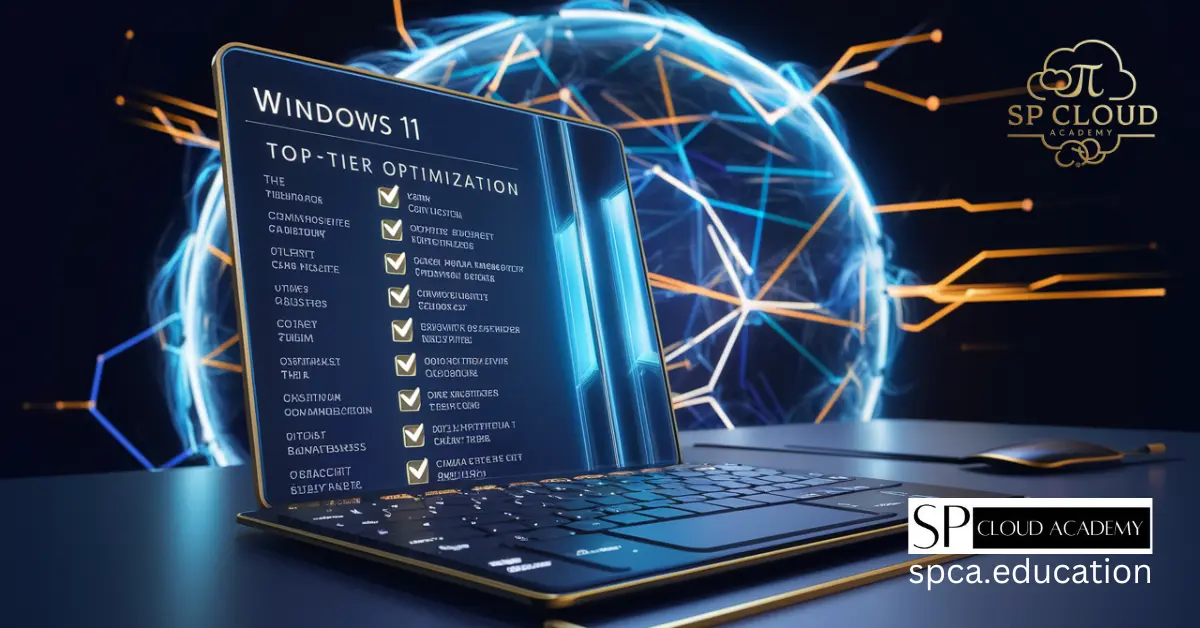Windows 11, the latest iteration of Microsoft’s flagship operating system, brings a host of new features, a sleek interface, and improved performance. However, even with these advancements, users often seek ways to further optimize their systems for better speed, efficiency, and overall performance. While there are numerous third-party tools available for this purpose, many users overlook the powerful built-in commands that can unlock hidden performance potential.
In this comprehensive guide, we will explore the best Windows 11 commands for optimization. These commands, when used correctly, can help you streamline your system, improve boot times, enhance security, and much more. Each command will be accompanied by practical examples to ensure you can easily implement them on your own system.
1. Introduction to Windows 11 Optimization
Windows 11 is designed to be faster and more efficient than its predecessors, but like any operating system, it can still benefit from optimization. Over time, systems can become cluttered with unnecessary files, settings can become misconfigured, and performance can degrade. Optimization involves tweaking these settings, removing clutter, and ensuring that your system is running at its best.
While there are many graphical tools available for optimization, command-line tools offer a level of precision and control that is often unmatched. These commands allow you to perform tasks that are either not possible or more cumbersome to do through the graphical interface.
2. Why Use Command-Line Tools for Optimization?
Command-line tools have several advantages over graphical tools:
- Precision: Commands allow you to perform specific tasks without the overhead of a graphical interface.
- Automation: Commands can be scripted and automated, making it easy to perform repetitive tasks.
- Power: Many command-line tools offer advanced options that are not available in graphical tools.
- Speed: Commands can often perform tasks more quickly than their graphical counterparts.
For these reasons, command-line tools are an essential part of any optimization toolkit.
3. Essential Windows 11 Commands for Optimization
3.1. System File Checker (SFC)
The System File Checker (SFC) is a built-in Windows utility that scans for and repairs corrupted system files. Corrupted system files can cause a variety of issues, including crashes, errors, and performance degradation.
Practical Example:
If your system is experiencing frequent crashes or errors, you can run the following command to scan and repair corrupted system files:
sfc /scannow
This command will scan all protected system files and replace any corrupted files with a cached copy located in a compressed folder at %WinDir%\System32\dllcache.
3.2. Deployment Imaging Service and Management Tool (DISM)
The Deployment Imaging Service and Management Tool (DISM) is another powerful utility that can be used to repair the Windows image. DISM can be used to fix issues that SFC cannot, such as problems with the Windows Update component.
DISM /Online /Cleanup-Image /RestoreHealth
Practical Example:
If you are experiencing issues with Windows Update or suspect that your system image is corrupted, you can run the following command:
DISM /Online /Cleanup-Image /RestoreHealth
This command will scan the system image for corruption and attempt to repair it using Windows Update. If Windows Update is not working, you can also specify a source for the repair files using the /Source option.
3.3. Disk Cleanup (Cleanmgr)
Disk Cleanup is a utility that helps you free up space on your hard drive by removing unnecessary files. These files can include temporary files, system files, and even files from previous Windows installations.
cleanmgr
Practical Example:
To free up space on your system drive, you can run the following command:
cleanmgr
This will open the Disk Cleanup utility, where you can select the types of files you want to delete. You can also use the /sageset and /sagerun options to automate the cleanup process.
3.4. Disk Defragmenter (Defrag)
Disk Defragmenter is a utility that reorganizes fragmented data on your hard drive, making it easier for your system to access files and improving overall performance.
defrag C: /U /V
Practical Example:
To defragment your C: drive and view a detailed report, you can run the following command:
defrag C: /U /V
This command will defragment the C: drive, display progress, and provide a detailed report of the defragmentation process.
3.5. Check Disk (Chkdsk)
Check Disk (Chkdsk) is a utility that checks the file system and file system metadata of a volume for logical and physical errors. It can also fix these errors if they are found.
chkdsk C: /f /r
Practical Example:
If you suspect that your hard drive has errors, you can run the following command to check and repair the drive:
chkdsk C: /f /r
This command will check the C: drive for errors, fix any logical errors, and locate bad sectors and recover readable information.
3.6. Power Configuration (Powercfg)
Powercfg is a command-line tool that allows you to control power settings and configure power plans. It can also be used to generate detailed power efficiency reports.
powercfg /energy
Practical Example:
To generate a power efficiency report, you can run the following command:
powercfg /energy
This command will generate an HTML report that provides detailed information about your system’s power efficiency, including any issues that may be affecting performance.
3.7. Tasklist and Taskkill
Tasklist and Taskkill are commands that allow you to view and manage running processes. Tasklist displays a list of currently running processes, while Taskkill allows you to terminate processes.
tasklist taskkill /PID <ProcessID>
Practical Example:
If you notice that a particular application is consuming too much CPU or memory, you can use the following commands to identify and terminate the process:
tasklist
This command will display a list of all running processes along with their Process IDs (PIDs). Once you have identified the PID of the problematic process, you can terminate it using the following command:
taskkill /PID 1234
Replace 1234 with the actual PID of the process you want to terminate.
3.8. System Configuration (Msconfig)
System Configuration (Msconfig) is a tool that allows you to manage startup programs, boot options, and system services. It can be used to disable unnecessary startup programs and services, which can improve boot times and overall performance.
msconfig
Practical Example:
To open the System Configuration tool, you can run the following command:
msconfig
This will open the System Configuration window, where you can navigate to the “Startup” tab to disable unnecessary startup programs, or the “Services” tab to disable unnecessary services.
3.9. Windows Management Instrumentation Command-line (WMIC)
Windows Management Instrumentation Command-line (WMIC) is a powerful command-line tool that allows you to manage various aspects of your system, including hardware, software, and network settings.
wmic
Practical Example:
To view detailed information about your system’s hardware, you can use the following command:
wmic cpu get name,NumberOfCores,NumberOfLogicalProcessors
This command will display information about your CPU, including the name, number of cores, and number of logical processors.
3.10. Network Configuration (Netsh)
Netsh is a command-line tool that allows you to configure and manage network settings. It can be used to reset network configurations, manage wireless networks, and more.
Command:
netsh winsock reset
Practical Example:
If you are experiencing network connectivity issues, you can reset the Winsock catalog using the following command:
netsh winsock reset
This command will reset the Winsock catalog to its default state, which can resolve issues related to network connectivity.
4. Advanced Optimization Techniques
4.1. Registry Editing (Regedit)
The Windows Registry is a database that stores low-level settings for the operating system and installed applications. Editing the registry can allow you to fine-tune your system’s performance, but it should be done with caution, as incorrect changes can cause system instability.
regedit
Practical Example:
To open the Registry Editor, you can run the following command:
regedit
Once the Registry Editor is open, you can navigate to specific keys and modify their values. For example, you can disable the Windows 11 animations by navigating to the following key and setting the value to 0:
Copy
HKEY_CURRENT_USER\Control Panel\Desktop\WindowMetrics
4.2. Group Policy Editor (Gpedit.msc)
The Group Policy Editor is a powerful tool that allows you to configure various system settings, including security settings, user permissions, and more. It is particularly useful for managing multiple computers in a network environment.
gpedit.msc
Practical Example:
To open the Group Policy Editor, you can run the following command:
gpedit.msc
Once the Group Policy Editor is open, you can navigate to specific policies and modify their settings. For example, you can disable the Windows 11 telemetry by navigating to the following policy:
Computer Configuration > Administrative Templates > Windows Components > Data Collection and Preview Builds > Allow Telemetry
4.3. Performance Monitor (Perfmon)
Performance Monitor is a built-in Windows tool that allows you to monitor system performance in real-time. It can be used to track CPU usage, memory usage, disk activity, and more.
perfmon
Practical Example:
To open Performance Monitor, you can run the following command:
perfmon
Once Performance Monitor is open, you can add counters to track specific performance metrics. For example, you can add the “Processor Time” counter to monitor CPU usage.
4.4. Resource Monitor (Resmon)
Resource Monitor is another built-in Windows tool that provides detailed information about system resource usage, including CPU, memory, disk, and network activity.
resmon
Practical Example:
To open Resource Monitor, you can run the following command:
resmon
Once Resource Monitor is open, you can view detailed information about resource usage and identify any processes that may be consuming excessive resources.
4.5. Windows Memory Diagnostic (Mdsched)
Windows Memory Diagnostic is a tool that allows you to test your system’s RAM for errors. Faulty RAM can cause a variety of issues, including crashes, errors, and performance degradation.
mdsched
Practical Example:
To run a memory diagnostic test, you can use the following command:
mdsched
This command will prompt you to restart your computer and run the memory diagnostic test. Once the test is complete, your computer will restart, and you can view the results.
5. Automating Optimization with Batch Files
Batch files are scripts that contain a series of commands that can be executed in sequence. They are particularly useful for automating repetitive tasks, such as system optimization.
Practical Example:
To create a batch file that runs the SFC, DISM, and Disk Cleanup commands, you can use the following script:
@echo off echo Running System File Checker... sfc /scannow echo Running DISM... DISM /Online /Cleanup-Image /RestoreHealth echo Running Disk Cleanup... cleanmgr /sageset:1 cleanmgr /sagerun:1 echo Optimization complete. pause
Save this script as optimize.bat and run it to automate the optimization process.
6. Conclusion
Windows 11 is a powerful and efficient operating system, but like any system, it can benefit from optimization. By using the built-in command-line tools and techniques outlined in this guide, you can unlock hidden performance potential, improve system stability, and ensure that your system is running at its best.
Whether you are a casual user or a power user, these commands and techniques can help you get the most out of your Windows 11 experience. Remember to use these tools with caution, especially when making changes to the registry or system settings, and always back up your data before making significant changes.
By taking the time to optimize your system, you can enjoy a faster, more efficient, and more reliable computing experience. So, dive in, explore these commands, and start unlocking the hidden performance of your Windows 11 system today!
See Also
-
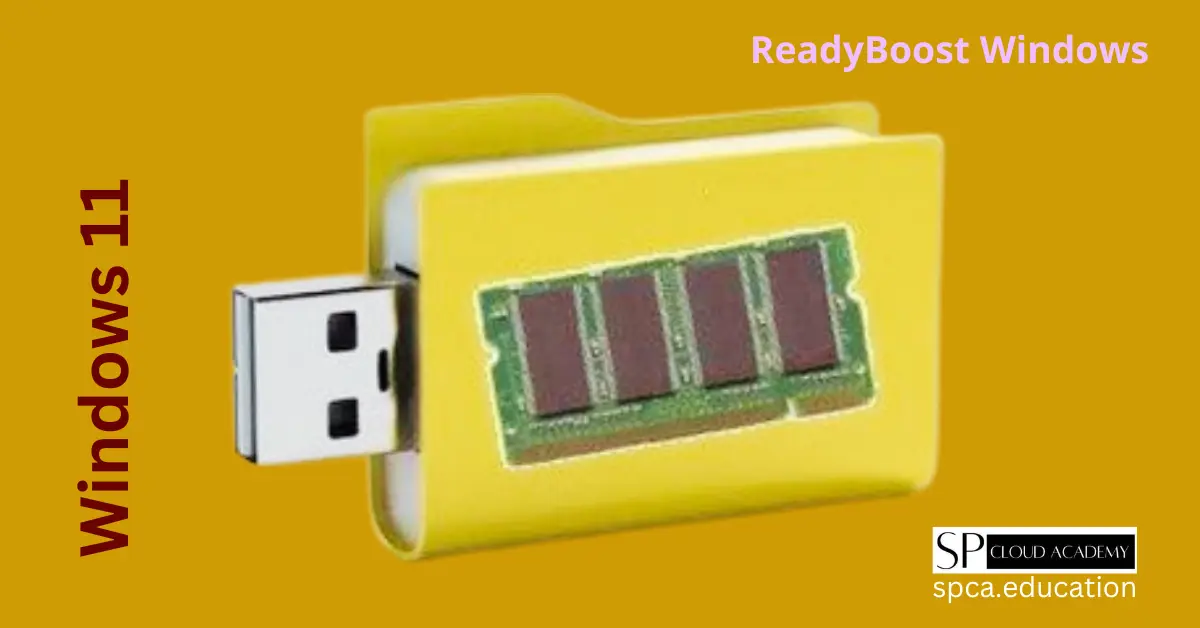
ReadyBoost in Windows
-
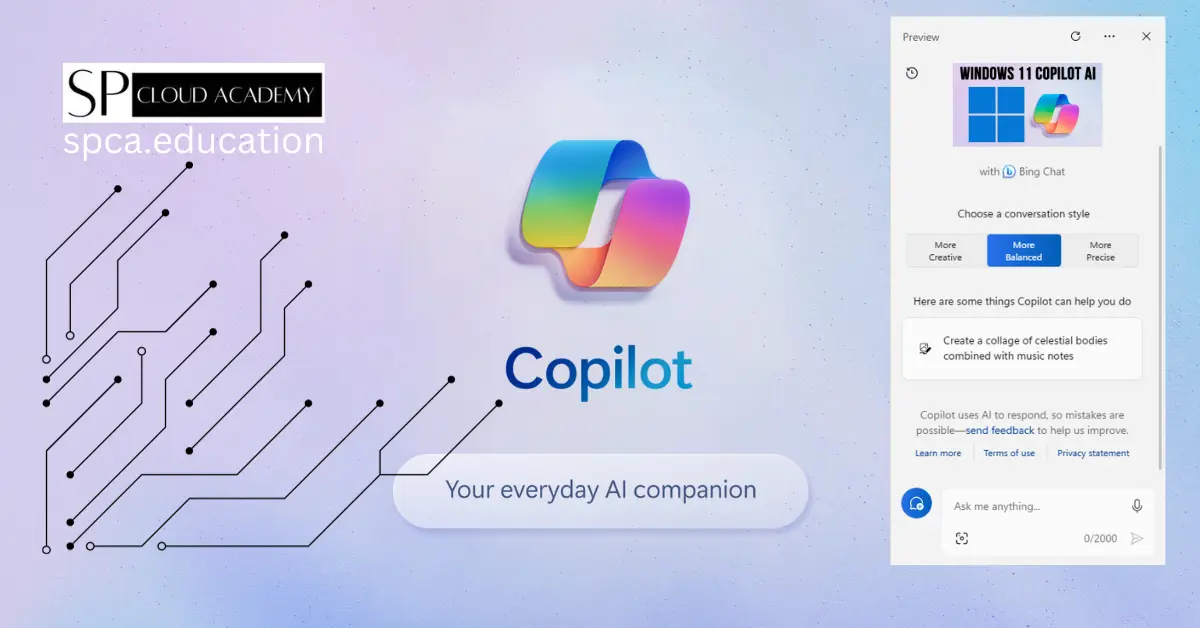
Windows Copilot: Simplifying Your Computing Experience
-
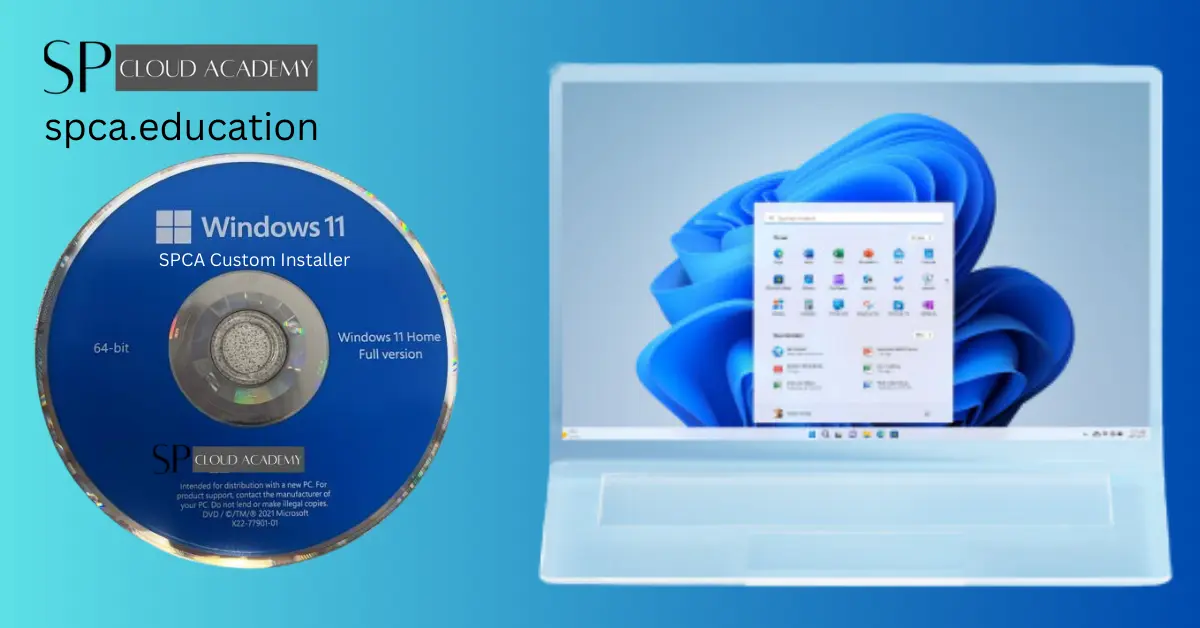
Creating a Custom Windows 11 Installer
-

The configuration and settings-Defender Firewall in Windows 11
-

Disk Encryption and Configuration process in Windows 11
-
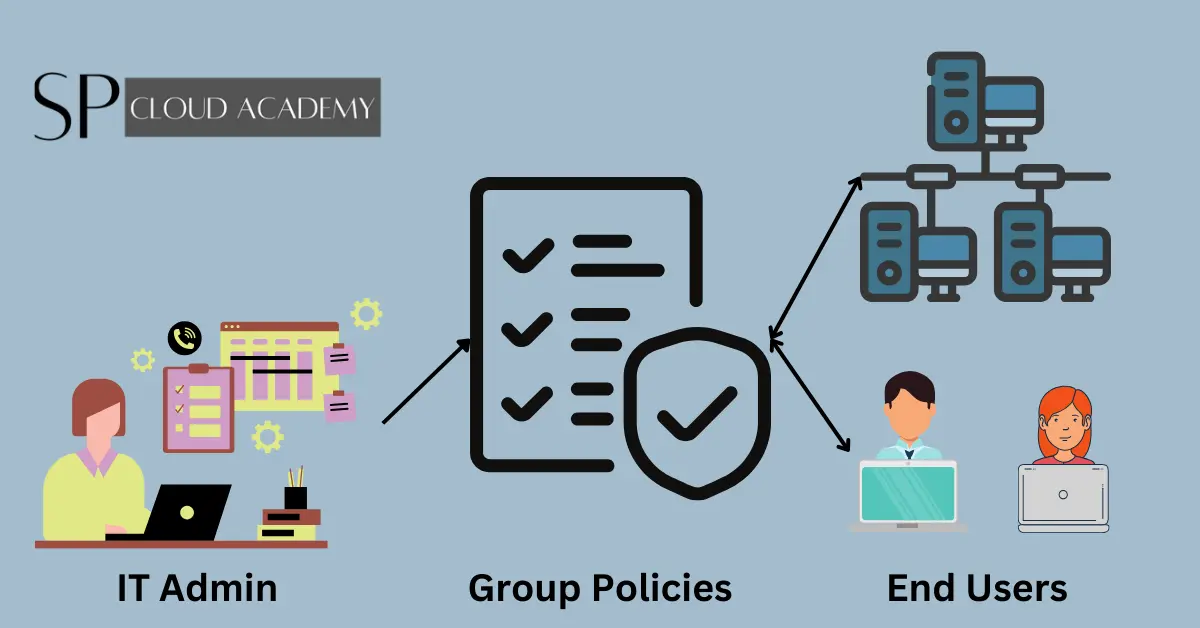
Securing Windows 11 by Group Policies
-
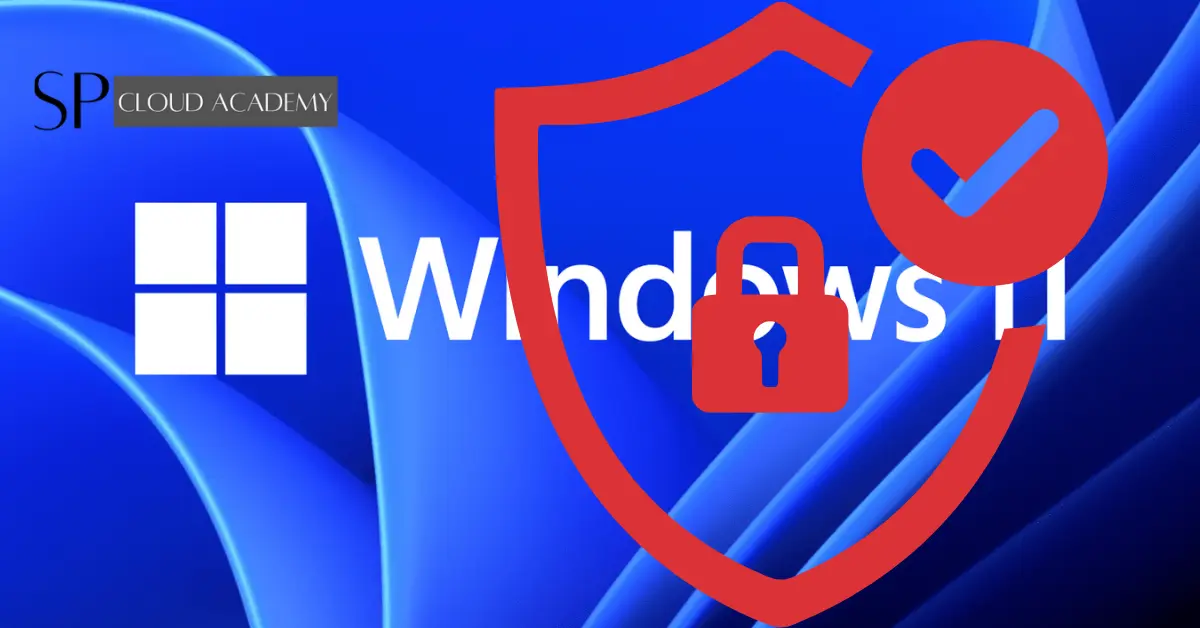
A guide to the hardening of the Windows 11 operating system
